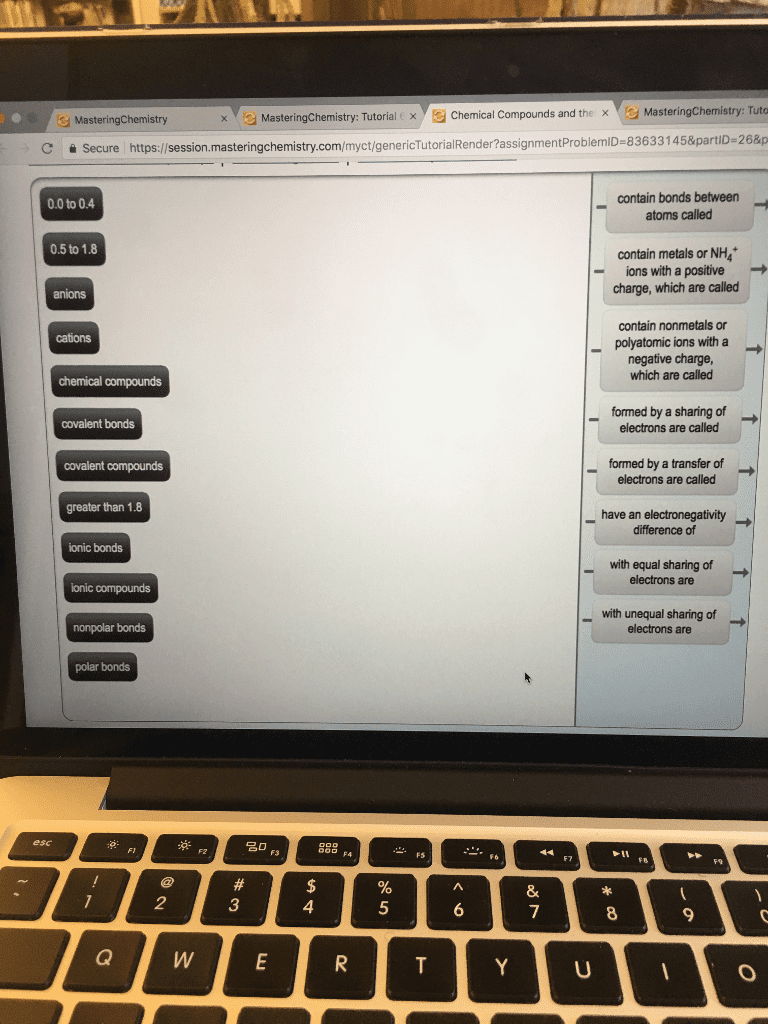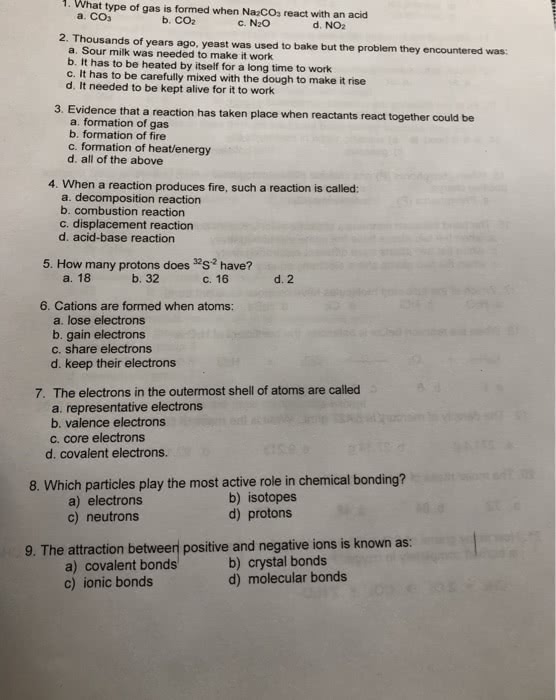CHEM 1151 Lecture Notes - Lecture 2: Valence Electron, Octet Rule, Roman Numerals
Document Summary
Gain/lose e- lose 1 lose 2 lose 3 tweener gain 3 gain 2 gain 1 neither. 0: writing formulas of ionic compounds, write positive ion followed by negative ion, cross charges to give subscripts. If more than 1 polyatomic ion is needed, use parenthesis around the polyatomic ion, then use the subscript: reduce the subscripts (outside of the parenthesis) to lowest whole number, polyatomic ions. Lead (ii or iii: naming ionic compounds. Tin (ii or iv: learn the names/forumlas and charges, give the name of the positive )if the positive ion has more than 1 charge, include a roman numeral in the name, give the name of the negative ion. Prefix mono- di- tri- tetra- penta- hexa- hepta- octa- nona- deca- 10: naming covalent compounds, use a prefix and the name of the first element, use a prefix and the name of the second element, the second element ends in -ide, do not use the prefix.



